Common Road The Original School
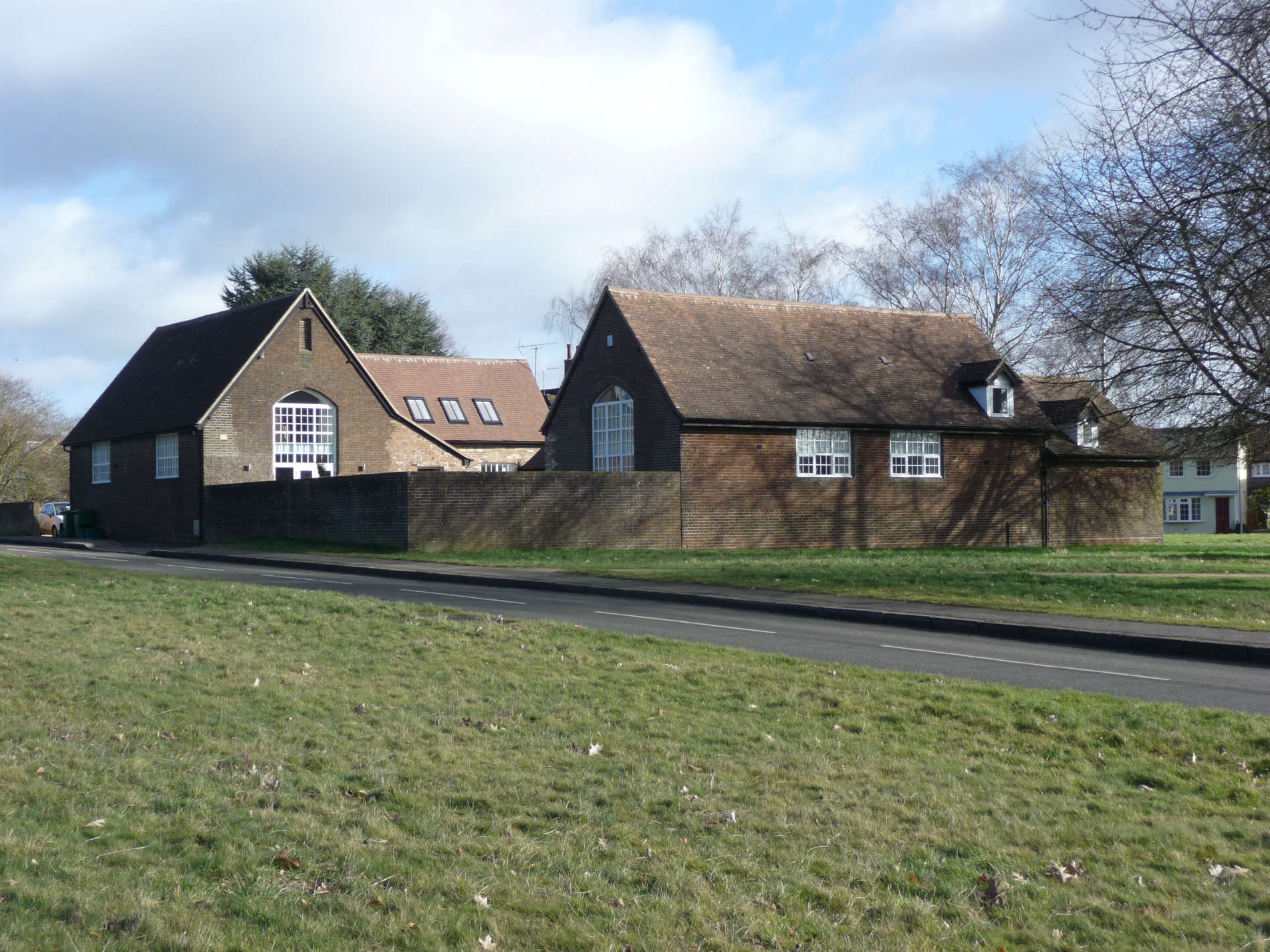
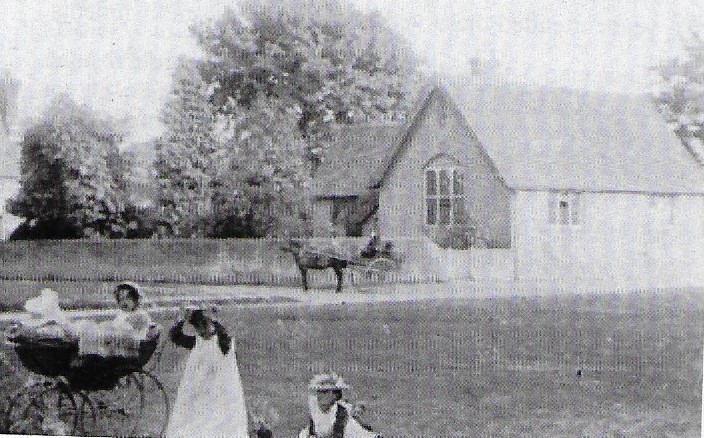
In 1847 there was a movement in the village to build a National School under church control. It was proposed that the Market Hall in the High Street, which by the 1830’s housed the parish fire engine, be sold the proceeds be used to build two schools. The market hall was sold off in 1855 and the Earl of Verulam gave the land on the Common as a site.
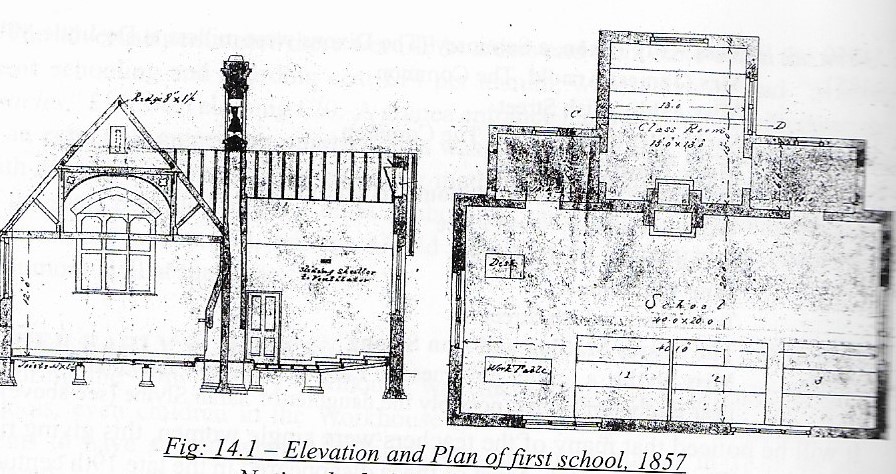
The foundation stone was laid in 1857 a ‘school for the education of children and adults, or children only, of the labouring, manufacturing and other poorer classes’. The school was to be a church school with the Hon Claude Bowes Lyon as head of the Management Committee.
Log books from the school survive giving the names of Headmistresses, attendance, official celebration, punishments, visits by inspectors etc. These are available to study and make very interesting reading.
There was an Infant section, a boys’ section and a girls’ section. The numbers attending the school rose sharply in the late 19th century and a new building was erected on the same site as a separate infant’s school (1872). The boys moved to the school near the War Memorial in 1879 (now a nursery). The land again being given by the Earl of Verulam.
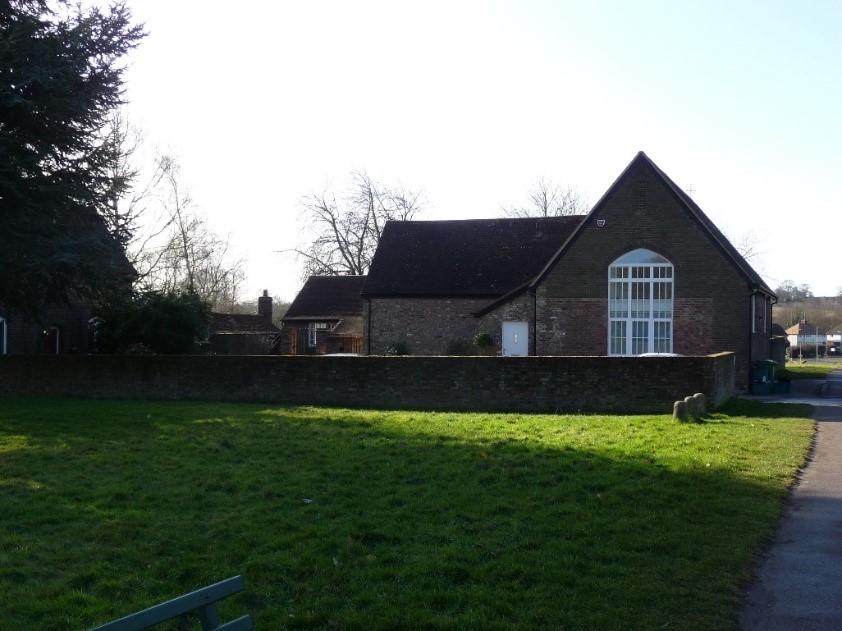
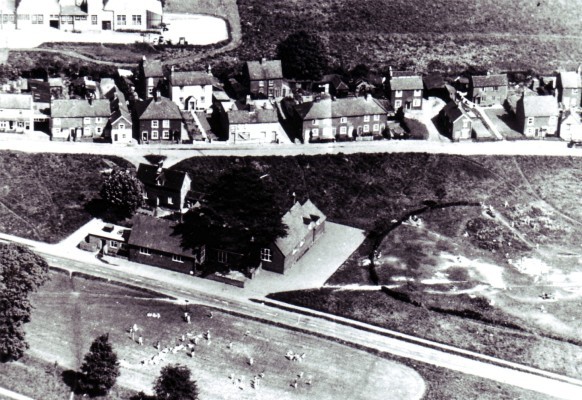
The school was paid for by a fund. In 1884, the annual income was £502 15s 4d. Of this, the government paid half. Parents paid toward their children’s education by ‘school pence’ This raised £155 17s.4d, subscriptions raised £86 16s 2d, church collections amounted to £5. 0s 9d, the hire of a room netted 10 shillings. That year, there was a deficit of £2 7s 4d. The money was spent on repairs, rates, insurance, cleaning, furniture, fuel and light and some teaching equipment. The rest went on salaries from the Monitors through to the Pupil Teachers, Infants’ Mistress and Girls’ Mistress to the top salary of the Boys’ Master. In 1884 there were 436 children in the school with only three proper teachers in charge.
The school ran a Shoes Club and a Clothing Club with the help of discount from local tradesmen. These clubs were financed by local subscription (the Earl of Verulam gave £7 and his wife £3).
The school room housed the Parochial Lending Library, this was open every Monday from 12.00 till 12.30 and was run by local volunteers. It had around 400 volumes.
The annual visit by the Schools Inspectors was a very important event as the size of the Grant awarded depended on getting a good report.
School life was hard, poor heating and few resources, high absence rates due to family circumstances, illnesses (deaths from whooping cough, measles) as well as the usual mumps chicken pox bronchitis, pneumonia influenza, scarlet fever, ringworm, fleas. lice, liberal use of the cane. Many children missed school as they were unable to walk there during snow drifts in winter. Many parents needed to send their children to work, so half time schooling with the Silk Mill was arranged. The Common was the playground and the provision of food at midday was rather haphazard.
The three schools were taking in children until after the Second World War. Though the Infants had moved to a pre-fabricated building near the War Memorial. In 1962 a new ‘secondary modern school’ was built in Crouch Hall Lane (now St Luke’s) and in 1966 the Infant and Junior school was opened in Long Cut.
The pre-fabricated Infant School became a Youth Club known as the ‘Annex’. The school buildings on the Common are now houses and the Boys School is a nursery.